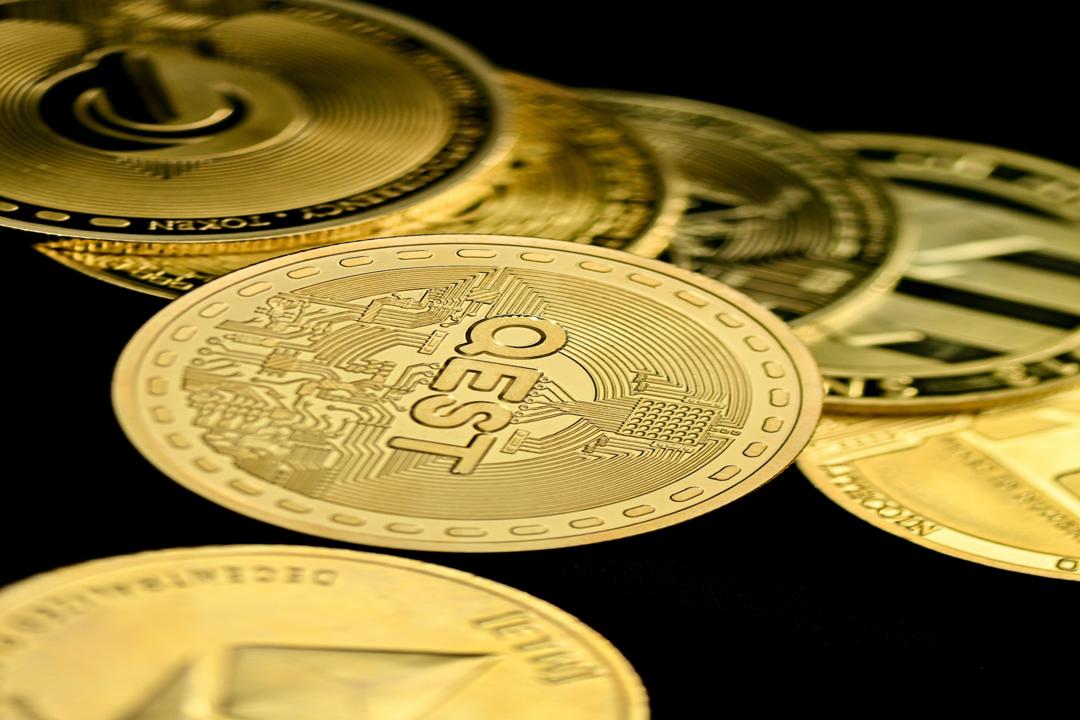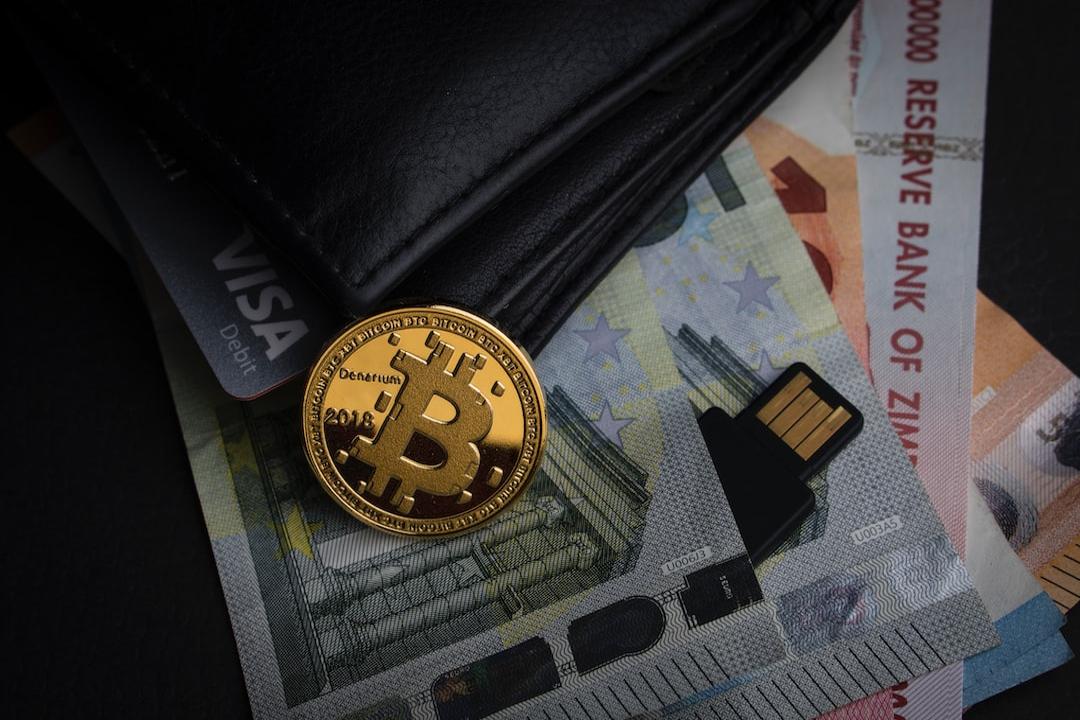With the continued rise in prices and the influx of institutional funds, Bitcoin’s status as a means of value storage has become almost unshakeable. However, Bitcoin is currently not limited to being merely “digital gold.” Through Bitcoin Decentralized Finance (BTCFi), Bitcoin is gradually transforming into a broader financial application domain.
(Background: Forbes 2025 Bold Forecast: G7 or BRICS Countries May Establish Bitcoin Reserves, Significant Growth in BTCFi, Stablecoin Market Value Doubling)
(Background Supplement: HTX In-Depth Research Report: Growth and Future Outlook of the BTCFi Ecosystem)
Bitcoin has been shining in this bull market. On one hand, the U.S. Securities and Exchange Commission (SEC) approved multiple Bitcoin spot ETFs at the beginning of last year, encouraging mainstream funds to recognize Bitcoin’s status as a means of value storage. On the other hand, in 2024, Bitcoin Decentralized Finance (BTCFi) is also rising at an astonishing speed—according to DefiLlama data, the total locked value (TVL) of DeFi protocols on the Bitcoin network surged from $307 million at the beginning of 2024 to $6.5 billion by the end of the year, a staggering annual growth rate of 2000%. This explosive growth not only demonstrates Bitcoin’s new potential beyond being a means of value storage but also indicates its transition from “digital gold” to a broader financial application domain.
So, where does the development of BTCFi stand today?
Accelerated Institutional Layout, Retail Investors Entering the Market
In December 2024, driven by the dual forces of market optimism spurred by the approval of Bitcoin ETFs and Trump’s electoral victory, the price of Bitcoin broke historical highs, reaching $108,268, with a year-end closing price stabilizing at $93,429, undoubtedly becoming a catalyst for the development of BTCFi. More institutional investors are actively participating in BTCFi, including top global trading platforms such as Binance and OKX, which are also accelerating the integration of BTCFi services to enhance market liquidity and accessibility.
Additionally, the mindset of retail investors is also changing—from simply holding Bitcoin to seeking active yield financial instruments. Shalini Wood, Marketing Director of Babylon, commented on this:
BTCFi allows Bitcoin to evolve from “digital gold” into an active medium of value creation. This transformation reflects the expansion of Bitcoin’s application scenarios and the upgrading of market demand.
Technological Innovation Drives BTCFi Ecosystem Expansion
At the same time, the rapid development of BTCFi is also supported by technological innovation. The emergence of native Bitcoin assets, wrapped Bitcoin (wBTC), and various staking solutions has brought more financial possibilities to the Bitcoin network. Projects on the market, including exSat, GOAT Network, Babylon, and 1inch, are striving to break Ethereum and Solana’s monopoly in the DeFi space, bringing rich financial functions into the Bitcoin ecosystem. Currently, over 70 Bitcoin Layer 2 projects are operational, providing decentralized staking and lending services, indicating the diversification and scalability of future BTCFi financial products. Tristan Dickinson, CEO of exSat, emphasized:
The core of BTCFi lies in ensuring the native security of Bitcoin while providing interoperability and support for complex smart contracts.
Regulatory Challenges: A Double-Edged Sword for Development
It is noteworthy that government regulation has also become a key influencing factor in the development of BTCFi. Although Trump’s friendly attitude towards Bitcoin and other cryptocurrencies is well-known, the U.S. still needs to establish a comprehensive regulatory framework. In this regard, Sergej Kunz, co-founder of 1inch, stated:
Regulation can both promote innovation and limit the growth of BTCFi; a clear policy framework is crucial.
The industry is closely watching whether the U.S. will view BTCFi as an opportunity for financial transformation, which will directly impact its ability to enter the mainstream market.
Inclusive Finance: The Low-Threshold Attraction of BTCFi
Finally, it is important to note that a significant highlight of BTCFi at present is its inclusivity. Through Layer 2 solutions like the Lightning Network and Rootstock, investors can participate in staking and lending services with just $100, enjoying annualized returns. This lowers the participation threshold and attracts users from developing countries and underbanked regions. Kevin Liu, co-founder of GOAT Network, pointed out:
Whether holding $1 million or $100, BTCFi offers fair returns, which truly reflects the open spirit of Bitcoin. This model is expected to drive the global adoption of BTCFi.
Conclusion
Despite its astonishing growth rate, BTCFi is still in its early stages. Currently, most platforms only offer basic financial services and are far from achieving a mature ecosystem. The future of BTCFi will also depend on the practicality and safety of innovative products, as well as their alignment with regulatory requirements.
However, with technological advancements and market demand driving forces, Bitcoin is gradually becoming an important force in digital finance. Looking ahead to 2025, whether BTCFi can reshape the global financial landscape with its unique advantages is worth our continued attention.



